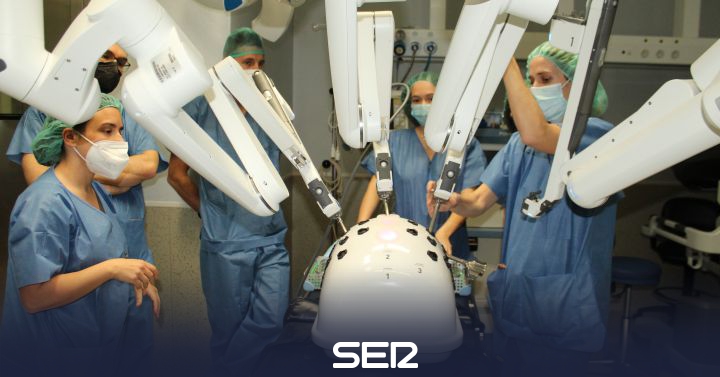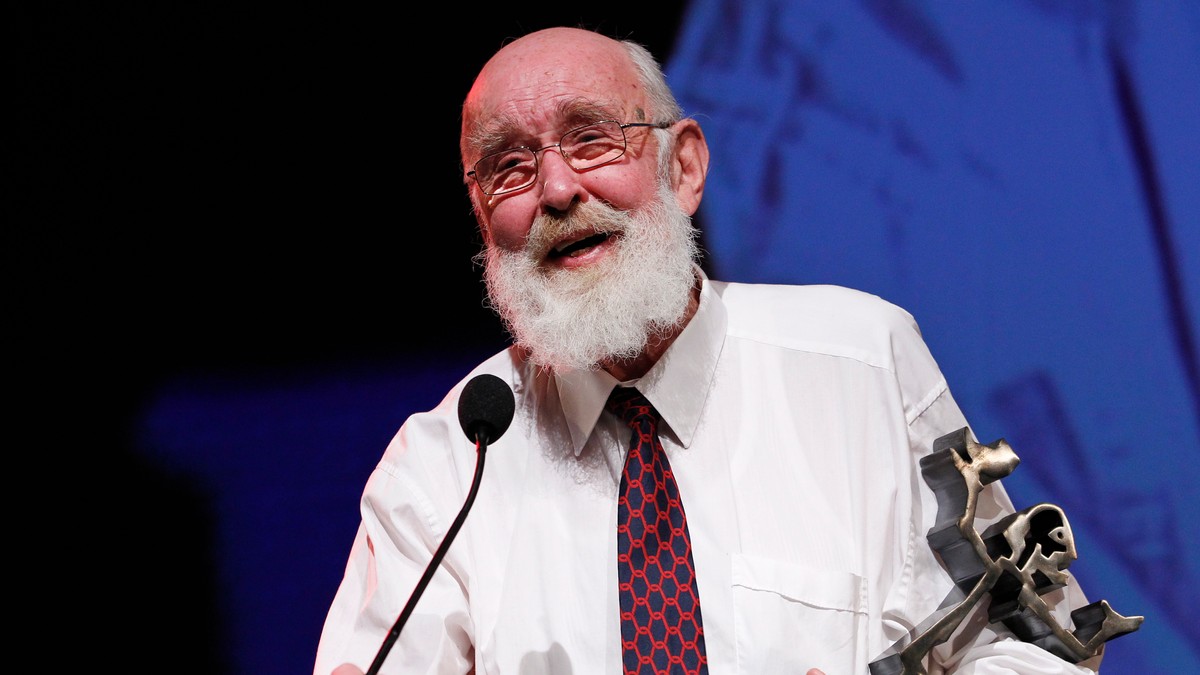Hospital Vithas Vigo welcomes this week the I Theoretical-Practical Training Course in Robotic Surgery for urological pathologies, a seminar directed by Dr. Manuel Ruibal Moldes, coordinator of the Robotic Institute of Vithas Vigo.
This course, which counts as teachers with the urologists of Vithas Vigo Antón Zarraonandía Andraca and Juan Andrés González DacalIt is the first robotic surgery to be held in Galicia and it is also the first of a new continuous training program that will be extended to other specialties.
Vithas Vigo has reported this in a statement, in which it highlights that the objective is to offer attendees basic training that familiarizes them with the virtual environment in which a robotic surgeon works, in addition to providing them with the practice necessary to develop the skills required for this clinical surgery.
With this objective, students will be able to carry out practices with a simulator, in addition to attending two surgeries real in the operating room of the Vithas Vigo Hospital as the culmination of the course in the month of May or June, depending on the surgical schedule.
The students will be urologists from hospitals in Santiago, Lugo, Ourense and Vigo who will attend this training activity that has five modules taught by urologists and robotics surgeons Manuel Ruibal Moldes, Antón Zarraonandía Andraca and Juan Andrés González Dacal.
In fact, as the hospital highlights, the robotic surgery coordinator at the Vithas Vigo Hospital, Dr. Manuel Ruibal, is one of the professionals with the most surgeries performed with this minimally invasive technique from Spain. Thus, he has tutored professionals from various parts of Spain and Portugal and is considered a “proctor” for the Iberian Peninsula for training in robotics.
Students have already been able to participate in a first theoretical session (carried out electronically) valid for the official accreditation that allows obtaining an intuitive license as a robotic surgeon. It also includes simulator exercises to acquire the necessary skills in robotic surgery; performing virtual surgeries in a simulator, assisting robotic clinical surgeries in the operating room and theoretical sessions on prostate and bladder cancer.
In addition, this week, the students had their first contact with the Da Vinci Xi surgical robot, in the robotic operating room of the Vithas Vigo Hospital, the most advanced model currently on the market.
Robotic system management
The organization has indicated that the following modules will deepen the acquisition of skills in the management and control of the different components of the robotic system.
For its part, the fourth module will allow students to perform a radical prostatectomy in the robotic surgery simulation system. This technique of removing the prostate to cure cancer is the most common robotic urological surgery since it prevents complications from this surgery such as urinary incontinence or erectile dysfunction.
In the last module, scheduled for next May, depending on the surgical schedule, students will be able to witness and discuss with Dr. Ruibal step by step two surgeries performed at the Vithas Vigo Hospital.
The course is promoted by the Vithas Vigo Hospital under the direction of Dr. Ruibal, in collaboration with Astellas Pharma Spain and Abex Excelencia Robótica.
Advantages of robotic surgery
As Vithas Vigo has indicated, robotic surgery with the Da Vinci Xi is currently the most innovative platform for minimally invasive surgery, and is revolutionizing the hospital sector. At the Vithas Vigo Hospital it is currently used in urology, gynecology, thoracic and general surgery and otorhinolaryngology.
“The advantages of the robot are unquestionable in terms of precision, both in the demolition process, increasing control and reducing blood loss, and in the reconstructive phase,” explains Manuel Ruibal.
“With the robot, access is easier in complicated anatomies, there is an excellent visualization of anatomical landmarks and tissue planes, and physiological tremor or involuntary movements of the surgeon are eliminated, as well as postural fatigue after long hours intervention, “he says.
In this way, with the Da Vinci robot, the surgeon does not operate directly on the patient, but does so sitting at a console from where he virtually handles tweezers. The vision in three dimensions with a magnification of up to 10 times, allows the clinician to work with great precision.
–


